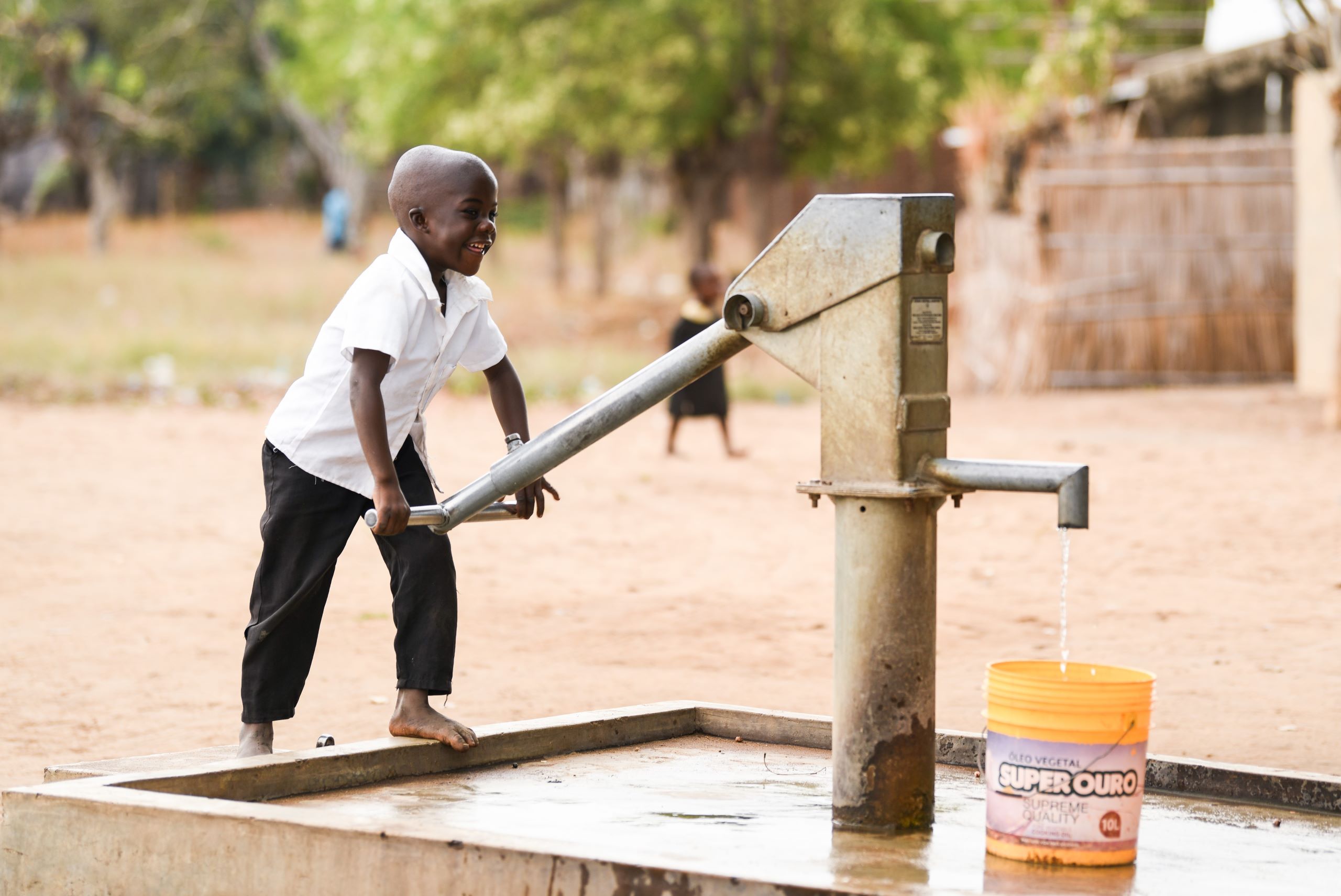


The WASH needs of girls with disabilities are evidently in need of attention in a Rwandan context.
About this report
Approximately 4% of Rwanda’s population of children and youth have some form of disability [1]. Many face challenges of environmentally inaccessible water, hygiene and sanitation (WASH) facilities with no ramps or handrails, squat toilets and narrow doorways. As a result, many children with disabilities face the option of not using facilities at all or crawling through areas of defecation. Inaccessible facilities also increase the likelihood of injury, illness or disease and remove the ability for children with disabilities to use services with any dignity.
Women and girls are more likely to have a disability, and whilst they may tolerate unhygienic or unsafe sanitation conditions during their early education, many leave when they begin to menstruate [2]. Girls with disabilities are disproportionately affected by poor WASH in schools due to the intersection of their age, disability, gender and poverty. The compounding challenge of substandard WASH services alongside the complex barriers they face when accessing WASH can have a detrimental impact.
The WASH needs of girls with disabilities are evidently in need of attention in a Rwandan context. This project explored the link between non-inclusive WASH and how it affects the ability of girls with disabilities to manage their hygiene and sanitation with safety and dignity in schools, and the impact of this on their education.
[1] MINEDUC (2016) A study on children with disabilities and their right to education: Republic of Rwanda
[2] UNICEF (2020) Menstrual Health & Hygiene for Girls and Women with Disabilities